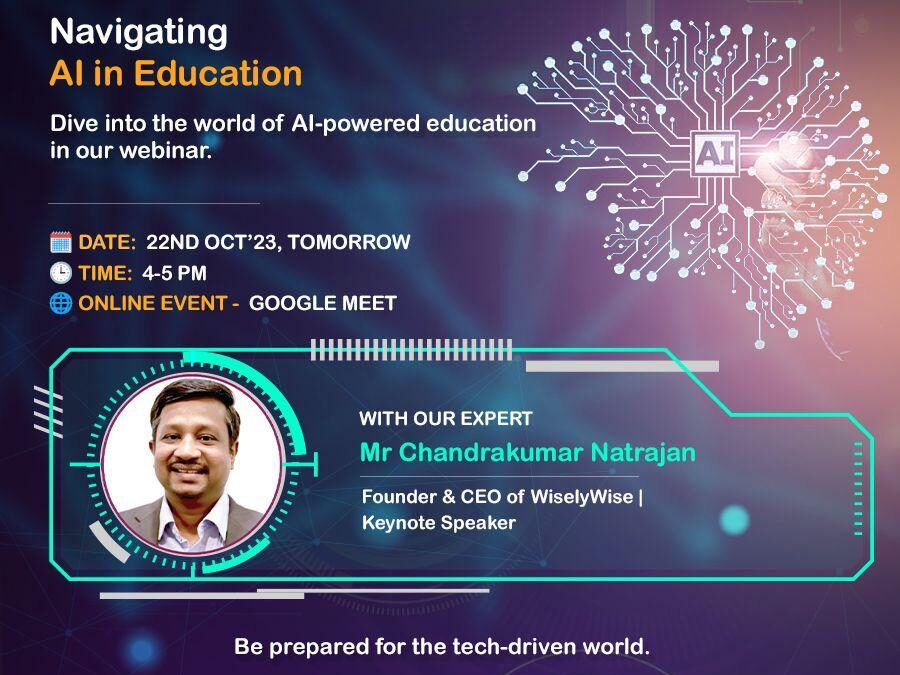
AI in the Classroom: Revolutionizing Education
AI in the Classroom: Revolutionizing Education
Introduction: AI in the Classroom
On the 22nd of October, 2023, education enthusiasts, students, teachers, and professionals from across the globe gathered virtually for a transformative webinar, hosted by Jagran Josh Media. The event featured an inspiring and insightful presentation by Chandra Kumar, the Founder & CEO of WiselyWise and Chief Architect of Maya, the Personalized AI Tutor. With over 250 enthusiastic attendees, the webinar explored the dynamic world of AI in education, providing a glimpse of the exciting possibilities that AI brings to the classroom.
Webinar Highlights: AI in the Classroom – Revolutionizing Education
Uncover the Magic of AI: Understand what AI in the Classroom is and why it’s so exciting!
Chandra Kumar kicked off the session by demystifying AI and its profound impact on education. He elucidated the fascinating realm of Artificial Intelligence, unraveling its incredible potential for transforming traditional teaching methods and the learning experience. The audience gained valuable insights into why AI is not just exciting but also indispensable in modern education.
Real-World Examples of AI in the Classroom
The webinar delved into real-world applications of AI in education, showcasing case studies and success stories. Attendees were presented with concrete examples of how AI is already revolutionizing classrooms worldwide. From personalized learning paths to intelligent tutoring systems, Chandra Kumar painted a vivid picture of AI’s influence on education.
AI in Your Learning: Learn how AI in the Classroom can help you become a better student.
For students eager to enhance their learning journeys, Chandra Kumar shared practical strategies for harnessing AI’s potential. Attendees discovered how AI can personalize learning, providing tailored support and resources to help every student excel. The audience left with actionable tips on integrating AI into their daily study routines.
Addressing Concerns and Ethical Considerations
AI in education raises questions about privacy, data security, and ethical considerations. Chandra Kumar thoughtfully addressed these concerns, discussing the importance of responsible AI implementation in the educational sphere. Participants gained a comprehensive understanding of how to navigate the ethical dimensions of AI adoption.
Preparing for the Future with AI
As the webinar concluded, Chandra Kumar emphasized the significance of preparing for a future that integrates AI into education. He underscored the need for both students and educators to embrace AI as a powerful ally in the learning process. Attendees departed with a profound sense of optimism and readiness to engage with the evolving educational landscape.
Conclusion: AI in the Classroom
The “AI in the Classroom: Revolutionizing Education” webinar offered a remarkable exploration of AI’s transformative potential in the education domain. Chandra Kumar‘s expertise and engaging presentation captivated the audience, leaving them inspired and equipped with the knowledge needed to embrace AI’s magic in the classroom. As the world of education continues to evolve, this event served as a guiding light, illuminating the path toward a brighter, AI-enhanced future in learning.
Social Presence :
#Maya #Education #EdTech #Teachers #Educators #BetaTesting #LearningRevolution #ai #artificialintelligence #students #learning #classroom

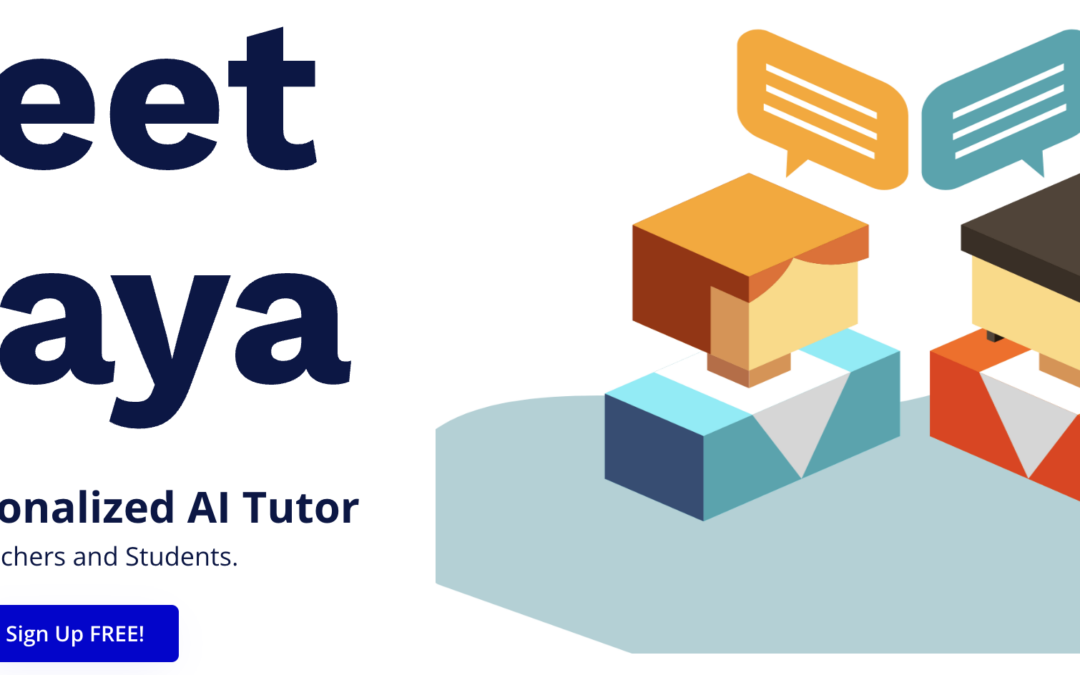

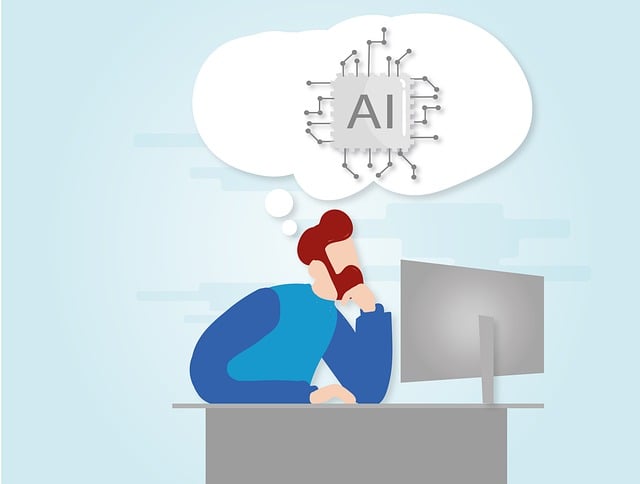
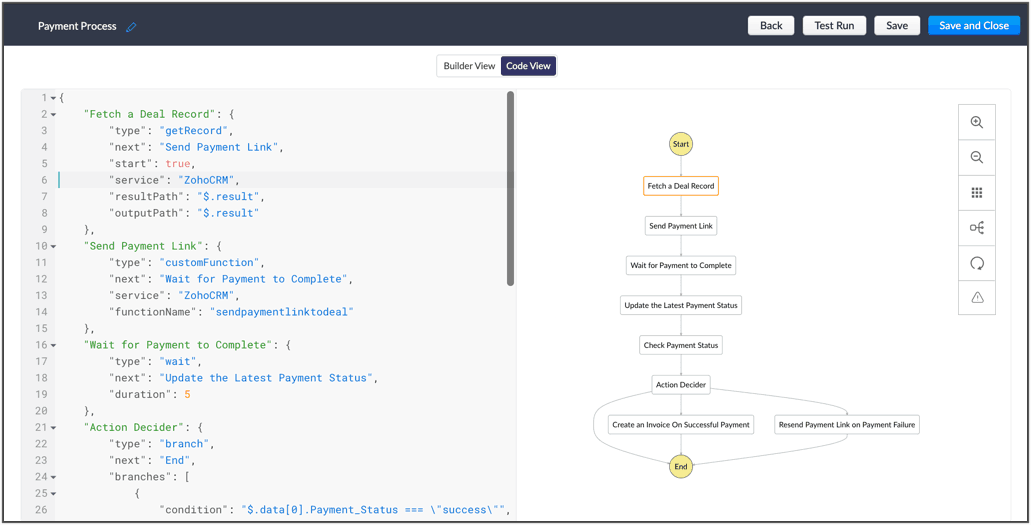
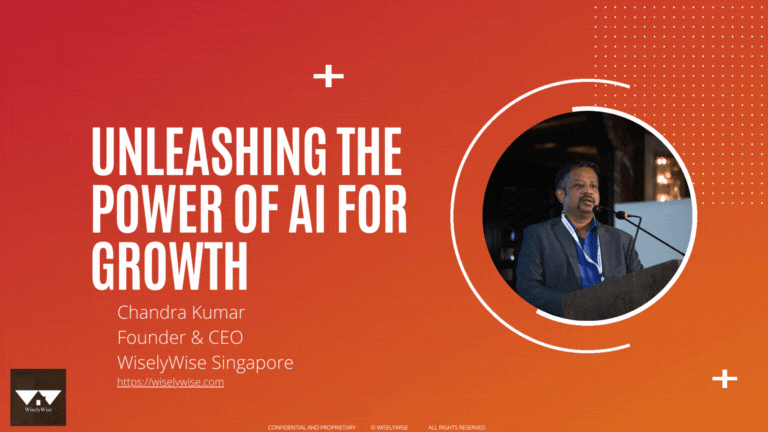
Recent Comments